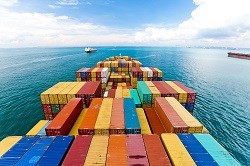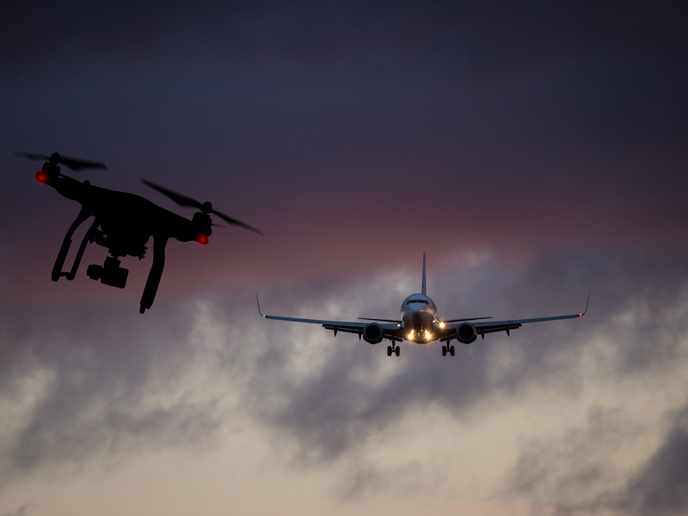Boost maritime transport resilience by learning from aeronautics
The concept of resilience – which accepts that things may go wrong but that systems should cope with such problems without compromising safety – has been a guiding principle in aeronautics. Thanks to the EU-funded SEAHORSE project, the principle has been effectively applied to maritime transport. Learning from others ‘The SEAHORSE project clearly demonstrated that different transport modes can and should work together to share the best practices with practical impact on safety,’ explains project coordinator Professor Osman Turan from Strathclyde University in the UK. ‘It is vital that we now continue to include multi-transport calls on safety research, and support the development of transfer methodologies between different forms of transport.’ Resilience solutions available in airlines have for the first time been compiled into a database with the aim of transferring solutions to the maritime sector. For example a Procedure Improvement System (PIS) was developed to identify, assess and manage non-standard practices as well improving existing standard procedures carried out on board ships. A crew quality and reliability audit tool was also created to allow shipping companies to identify strengths and weaknesses of the crew and also identify crew training needs. ‘SEAHORSE developed and implemented technology transfer in areas which are identified as high potential impacts,’ says Turan. ‘Caledonian MacBrayne Ferries – for the first time in the maritime sector – have developed a departure and pre-arrival checklist based on Airbus’s checklist principles and format. This is currently being implemented on ten of their large ships.’ A Virtual Platform containing all the methodologies and tools developed within the project is now freely available to shipping companies and training establishments. ‘Training modules developed by maritime and aviation experts – and available freely online as part of the SEAHORSE Virtual Platform – will support wider industry engagement and the take up of tools,’ says Turan. Starting from scratch This was the first EU-funded project to be focused on technology transfer between different transport sectors. ‘We therefore had to begin by establishing a common understanding with regards to safety, identify knowledge gaps and overcome any possible distrust,’ says Turan. ‘We also had to convince the maritime sector to accept and implement best practices from another transport sector.’ This was achieved by identifying key human and organisational factors that lead to operational successes and failures in both marine and air transport, and performing a gap analysis in marine practices in comparison to the air industry. The team then investigated how errors and non-standard practices were managed successfully in air transport and checked the feasibility of applying these in the marine sector. From this, the SEAHORSE project was able to build up and validate multi-level resilience tools as well as guidelines for maritime transport. The benefits of these resilience tools were then evaluated through a comparison with traditional maritime safety methods, through simulations and real life ship operations. Solutions have been implemented on more than 150 vessels. The end result is that SEAHORSE has created significant awareness within the maritime community that safety can be enhanced by adopting new safety approaches. Turan would now like to build on this research by establishing industry-wide benchmarks to compare safety performance of shipping companies. ‘EU support is key to encourage the participation of major international shipping companies,’ says Turan. ‘Another step forward would be to use the methodologies we have developed in the project in Maritime Schools, in order to educate cadets in safety from a young age. This could be supported through the EU’s Erasmus+ programme.’
Keywords
SEAHORSE, maritime, aeronautics, transport, resilience, engineering, vessels, marine, Strathclyde University, shipping, human factors, safety, maritime, airbus,







